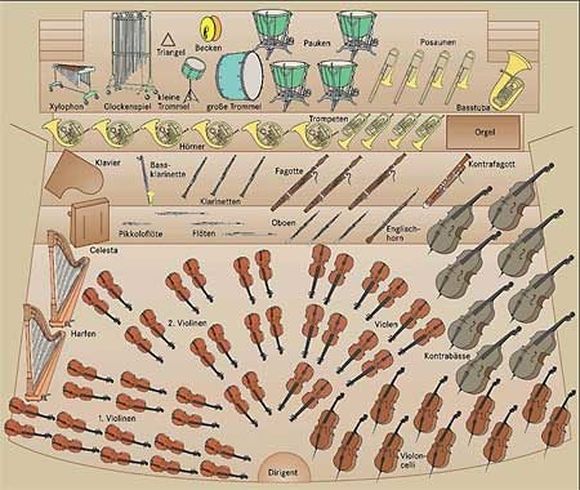6. The horn – my instrument?
The fact that the valves are operated by the left hand is only one of the things that make the horn stand out among the brass instruments. The right hand and its stopping technique are responsible for the intonation and tone. This playing technique is unique to the horn, and it takes a while to master. A trained ear is important, as hitting the right notes requires a combination of natural harmonics, valve fingerings, stopping valve and right hand technique. It’s a challenge!
But the horn rewards the player with a huge variety of timbres. From signaling horns in a Baroque concert to virtuoso playing in a jazz big band: The possibilities are limitless and can even be a bit intimidating at first. In modern wind orchestras, composers and arrangers often use the horn as a solo instrument. In the past, the horn was sometimes given rhythmic duties (‘Nachschlag’), to the point where musicians got frustrated with it. This is largely a thing of the past.
The horn – a crossover artist?
The horn is a brass instrument, of course. But some almost consider it a part of the woodwind family, which is also reflected in the traditional orchestral seating arrangement. The horns are seated to the left of the woodwinds, separated from the other brass instruments. In a classical wind quintet, the horn is the only brass instrument alongside the flute, oboe, clarinet and bassoon, which is proof of its sonic versatility. The horn tends to blend very well into the sound of any ensemble.

Quelle: Bibliographisches Institut & F. A. Brockhaus, Mannheim
The horn is also often described as elegant-sounding, which sets it apart from the ‘piercing’ trumpet or the ‘ponderous’ tuba, for example.


